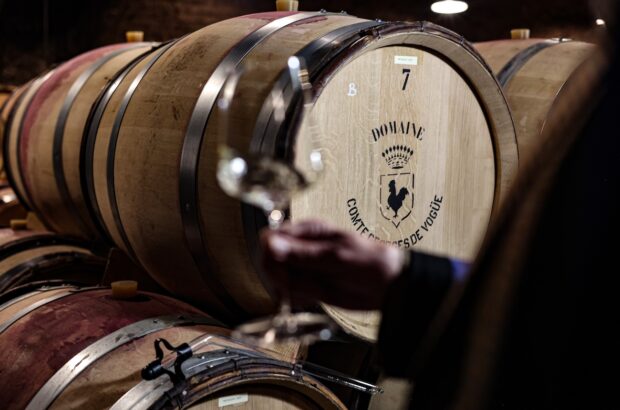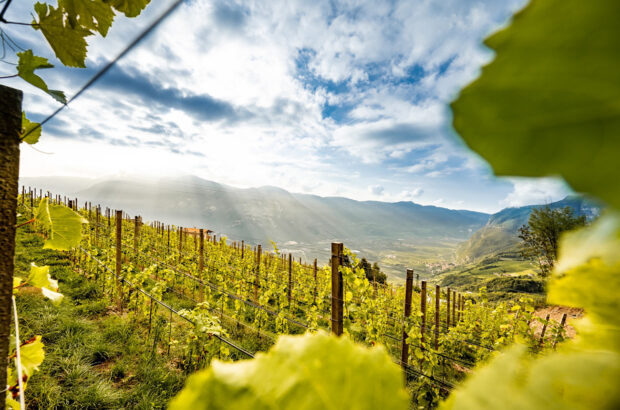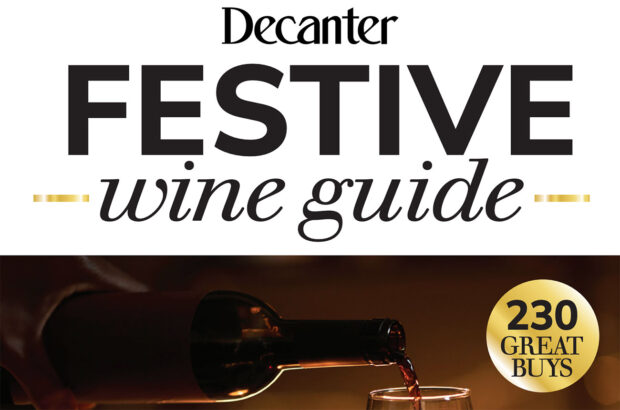I don’t know about you, but wine is an important part of my life, and I want to feel good about drinking it. The inconvenient truth – to borrow the title of Al Gore’s 2006 film on global warming – is that wine lovers are complicit in an escalating climate emergency.
We are part of the problem. Of all the ways we can reduce the environmental impact of our consumption (see our 2021 feature, ‘Rethinking your drinking’), the easiest win is to avoid buying wine in heavy bottles, because glass bottles are the single largest source of carbon emissions in the wine supply chain.
From a purely functional perspective, the purpose of a glass bottle is to ensure the safe transport and storage of wine. The average empty bottle weight for still wine is about 500g, but it is not unusual to find bottles weighing more than 800g, with some in excess of 1kg.
Peter English of Accolade Wines, one of the world’s largest wine companies, considers 330g the lowest currently achievable bottle weight for still wines. Bottles for sparkling wine tend to be significantly heavier – at least 800g, depending on the pressure inside the bottle, the closure and the production technique used – but Accolade has a sparkling wine bottle that’s just 418g.
The more glass bottles weigh, the more they cost to produce and transport, and the higher their CO2 emissions – of particular significance, given that industry estimates suggest some two-thirds of glass bottles now used for US wine production are made in China and shipped across the Pacific before even being filled.
According to a study by packaging industry body Wrap in the UK, reducing bottle weight from 500g to about 300g could potentially save 30% of CO2 emissions per 750ml bottle in packaging production and transportation.
Subliminal messaging
So why are many wines still sold in heavy bottles? It isn’t about shipping. ‘I use exactly the same light bottle for exporting to Japan and the US as I do for local markets, and have almost no breakages,’ insists Burgundy producer Jean-Marie Guffens. Nor is it about cellaring. As Guffens points out: ‘Wine doesn’t age any worse in lighter bottles.’
It’s about perception, it seems. ‘Wine is no different from other consumer products in this regard,’ says Lulie Halstead of industry analyst Wine Intelligence. ‘We assume chocolates in a heavy cardboard box are of higher quality than chocolates in flimsy packaging. It’s one of the ways we’ve learned to evaluate quality. Consumers subliminally tend to associate heavier glass with luxury wine.’
In reality, the reverse is often true. Hefty bottles can give the impression that the producer is trying too hard. ‘Heavy bottles suggest to me, at the very least, a certain insecurity on the part of the producer,’ says Guffens, whose sought-after wines are mostly in bottles weighing 395g.
In Catalonia, Spain, Miguel A Torres has progressively reduced the weight of the company’s standard bottle by 30% to 390g. He feels: ‘In the old days some producers used heavy bottles to show off or compensate for lack of quality; I think that has changed. My opinion today about heavy bottles is that these companies do not understand priorities; we all have to make an effort to reduce emissions.’
Producers that continue to bottle wines in chunky glass are deliberately perpetuating a consumer perception that the best wines come in heavy bottles. ‘It’s an idiotic aberration, which achieves nothing and is damaging the planet,’ says Guffens. ‘What really irritates me is that so many well-known producers who claim to be biodynamic and put sustainable logos on their labels continue to use heavy bottles.’
As Jancis Robinson MW points out, Bordeaux first growths feel no need to use bottles much heavier than 500g. She has been highlighting the issue for years and recently spearheaded a petition with wine writer Aleesha Hansel calling on the wine industry to act.
Win-win
According to Halstead, 2022 could be the year the wine industry starts making a serious effort to adopt lightweight glass bottles: ‘Reducing glass bottle weight saves costs and is a tangible way of demonstrating greater sustainability, because it’s easy to measure the reduction in CO2,’ she says.
Faced with rising energy prices and inflation, ‘lightweighting’ increasingly makes economic sense. ‘There is a lot of positive pressure coming through the supply chain at the moment,’ says Rob Symington of Portugal’s Symington Family Estates, which has cut the weight of most of its Port bottles to 450g. ‘It’s not just about carbon emissions; it’s cheaper to use lighter bottles.’
Symington sees bottle weight as a hotspot for the wine industry: ‘Producers will not get anywhere near their carbon reduction targets without addressing bottle weight. And it’s basically doable.’ He acknowledges that change can take time. Graham’s aged tawny Port, traditionally packaged in a squat 790g bottle with a deep punt, is one of the company’s most successful brands. ‘The challenge is to relaunch the Port in a much lighter bottle without losing its visual impact.’
Nigel Greening of Felton Road, one of New Zealand’s leading producers, ships wines around the world at all quality levels in lightweight 416g bottles. He doesn’t believe it would be hard to break the perceived link in consumer perceptions between bottle weight and quality. ‘The idea that there is a lot of consumer resistance is a myth. Nobody even noticed when we started bottling our more expensive wines in lighter glass. We are listed in numerous top restaurants and have never had an order declined because of it.’
Melissa Saunders MW, who wrote her Master of Wine research paper on the environmental impact of wine packaging, believes change has to start with producers. ‘They created the problem, so it falls on them to correct it.’ Halstead feels retailers are key. ‘If retailers – for example, UK supermarkets – really get behind this, the message could come through into consumer consciousness quickly.’ UK supermarket Waitrose, which markets itself as a champion of sustainability, says it is ‘making moves to introduce lighter glass bottles’, citing its new, lighter Boschendal Chardonnay bottle, and ‘flagging bottle weights in its press tasting booklet’, but would share no further information.
A call to action
The glass industry also has a crucial role to play. Adeline Farrelly of FEVE (the European Container Glass Federation) stresses that wine bottles are 30% lighter than they were 20 years ago and says further lightweighting can be achieved by working hand in hand with the wine industry. ‘We know we have a problem with CO2 emissions and we are addressing it. We need a call to action to get producers, retailers and the glass industry to work together to lighten heavier bottles across the whole market.’
At Accolade, English is optimistic: ‘For decades, wineries have used bottle weight as a way to differentiate their top-tier wines, so it is understandable that this perception has been built up,’ he says. ‘We need to find other quality cues to provide that differentiation. But educating the consumer is a challenge that can be won. You may recall that when screwcap closures were first introduced there was a perception that it was only for cheaper wines. That perception has changed over the past two decades.’
As Dr Jamie Goode of wineanorak.com puts it, reducing glass bottle weight is the ‘low-hanging fruit’ of wine industry carbon reduction. It’s time for the heavyweights to slim down.







